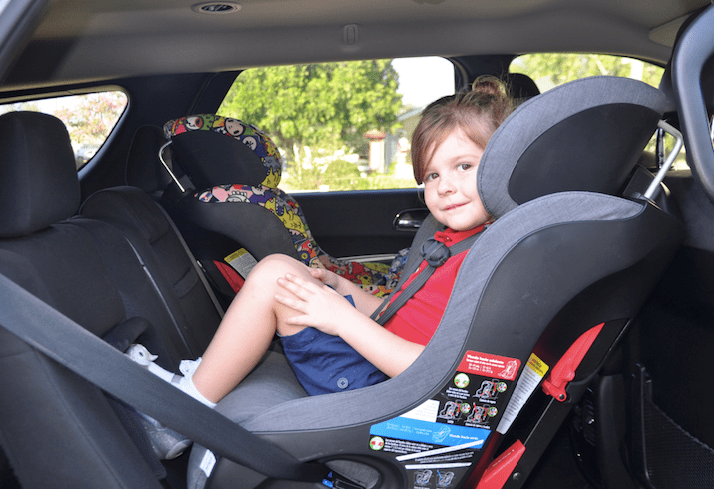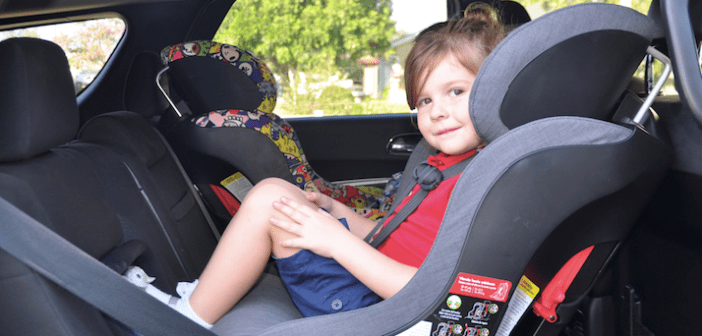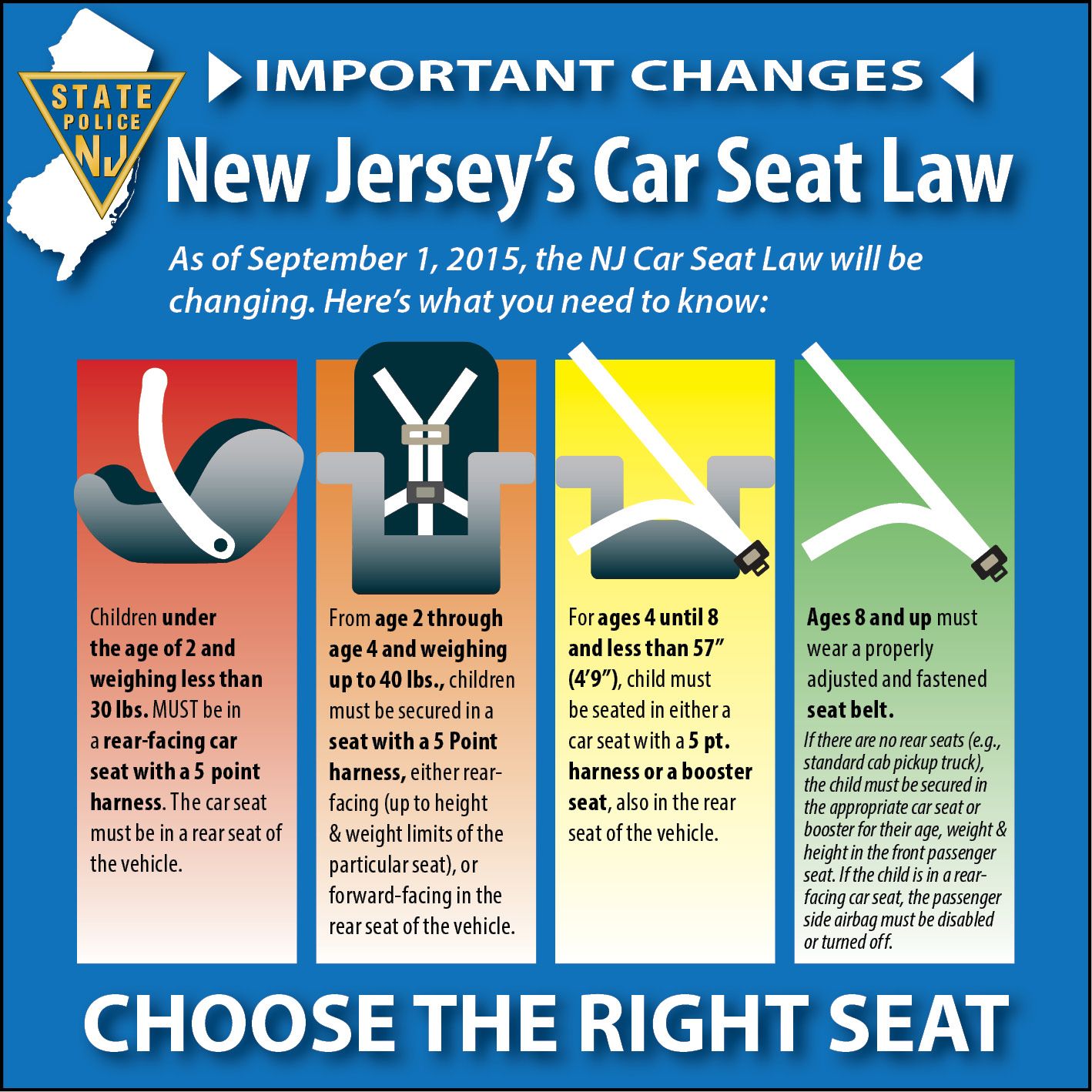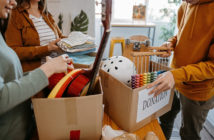Beginning September 1, 2015, a revised law goes into effect in New Jersey which includes requiring children under the age of 2 and weighing less than 30 pounds to remain rear-facing in their car seats with a 5 point harness. Some are crying tears of joy over this long awaited ruling, but others are left wondering why?
Since 2011 the American Academy of Pediatrics (AAP) has recommended keeping children rear-facing until at least age 2.
“New research has found children are safer in rear-facing car seats. A 2007 study in the journal Injury Prevention showed that children under age 2 are 75 percent less likely to die or be severely injured in a crash if they are riding rear-facing.”
In a collision a rear-facing car seat protects the most fragile and underdeveloped parts of a young child’s body: their head, neck, and spine. The car seat acts as a cradle, helping to keep the child’s body aligned, as well as absorbing much of the initial force from the impact.

What about their legs? Studies show that forward-facing children are more likely to suffer leg injuries than rear-facing children. This is due to the fact that in a collision forward-facing children’s legs fly thru the air, striking the back of the seat in front of them, whereas a rear-facing child’s legs scrunch up towards their own body, but generally don’t make physical contact with anything during the initial impact where the highest amount of force occurs.
Have an above average child and worried there isn’t a seat that will accommodate them until their second birthday? Fear not. Seats like the Clek Fllo have been designed to accommodate children until their fourth birthday in the rear-facing position. With a rear-facing weight limit of 50 pounds parents are sure to get their children to age two!
Vanessa Antonelli, owner of Livingston, NJ based Nessalee Baby, had this to say about the change in the law:
“At Nessalee Baby we encourage our customers to keep their children rear-facing as long as possible. However, sometimes we are met with resistance, so we are very happy to have the law a little more on our side now.”
Vanessa, who is also a Child Passenger Safety Technician (CPST), teaches her customers how to install and use the seats that are purchased in her store properly.
Wondering where you can go to get help with your car seat? Find a CPST in your area that will show you how to make sure that your child is riding in the car as safely as possible.









